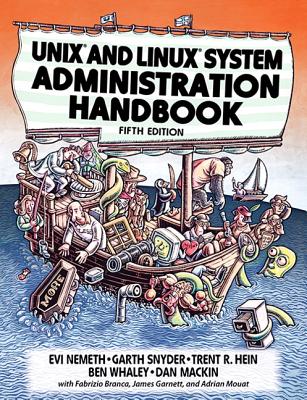ITIL Release, Control and Validation Capability Training in Rochester
|
We offer private customized training for groups of 3 or more attendees.
|
||
Course Description |
||
| This 5 day course immerses students in the practical aspects of the ITIL
Service Lifecycle and processes associated with the Release, Control and
Validation of services and service delivery. The main focus of this
course is on the operational level process activities and supporting
methods and approaches to executing these processes. To implement new
services in a controlled and cost effective manner, IT departments must
successfully implement ITIL Release, Control and Validation best
practices. Students gain the skills required to take the ITIL Release,
Control and Validation Certification Exam.
Course Length: 5 Days
Course Tuition: $2,560 (US) |
||
Prerequisites |
|
| Individuals who have an ITIL Foundation Certificate and want to pursue the intermediate and advanced level ITIL certifications. IT professionals involved in IT Service Management implementation and improvement programs. | |
Course Outline |
|
|
Course Directory [training on all levels]
- .NET Classes
- Agile/Scrum Classes
- AI Classes
- Ajax Classes
- Android and iPhone Programming Classes
- Azure Classes
- Blaze Advisor Classes
- C Programming Classes
- C# Programming Classes
- C++ Programming Classes
- Cisco Classes
- Cloud Classes
- CompTIA Classes
- Crystal Reports Classes
- Data Classes
- Design Patterns Classes
- DevOps Classes
- Foundations of Web Design & Web Authoring Classes
- Git, Jira, Wicket, Gradle, Tableau Classes
- IBM Classes
- Java Programming Classes
- JBoss Administration Classes
- JUnit, TDD, CPTC, Web Penetration Classes
- Linux Unix Classes
- Machine Learning Classes
- Microsoft Classes
- Microsoft Development Classes
- Microsoft SQL Server Classes
- Microsoft Team Foundation Server Classes
- Microsoft Windows Server Classes
- Oracle, MySQL, Cassandra, Hadoop Database Classes
- Perl Programming Classes
- Python Programming Classes
- Ruby Programming Classes
- SAS Classes
- Security Classes
- SharePoint Classes
- SOA Classes
- Tcl, Awk, Bash, Shell Classes
- UML Classes
- VMWare Classes
- Web Development Classes
- Web Services Classes
- Weblogic Administration Classes
- XML Classes
- Introduction to Spring 6, Spring Boot 3, and Spring REST
15 December, 2025 - 19 December, 2025 - See our complete public course listing






